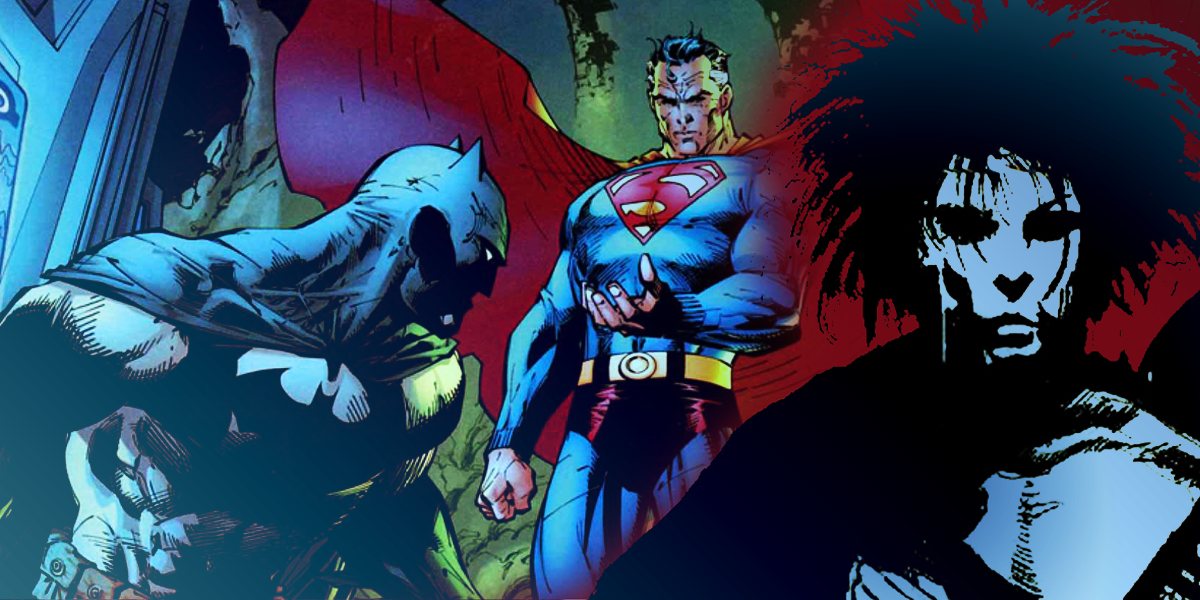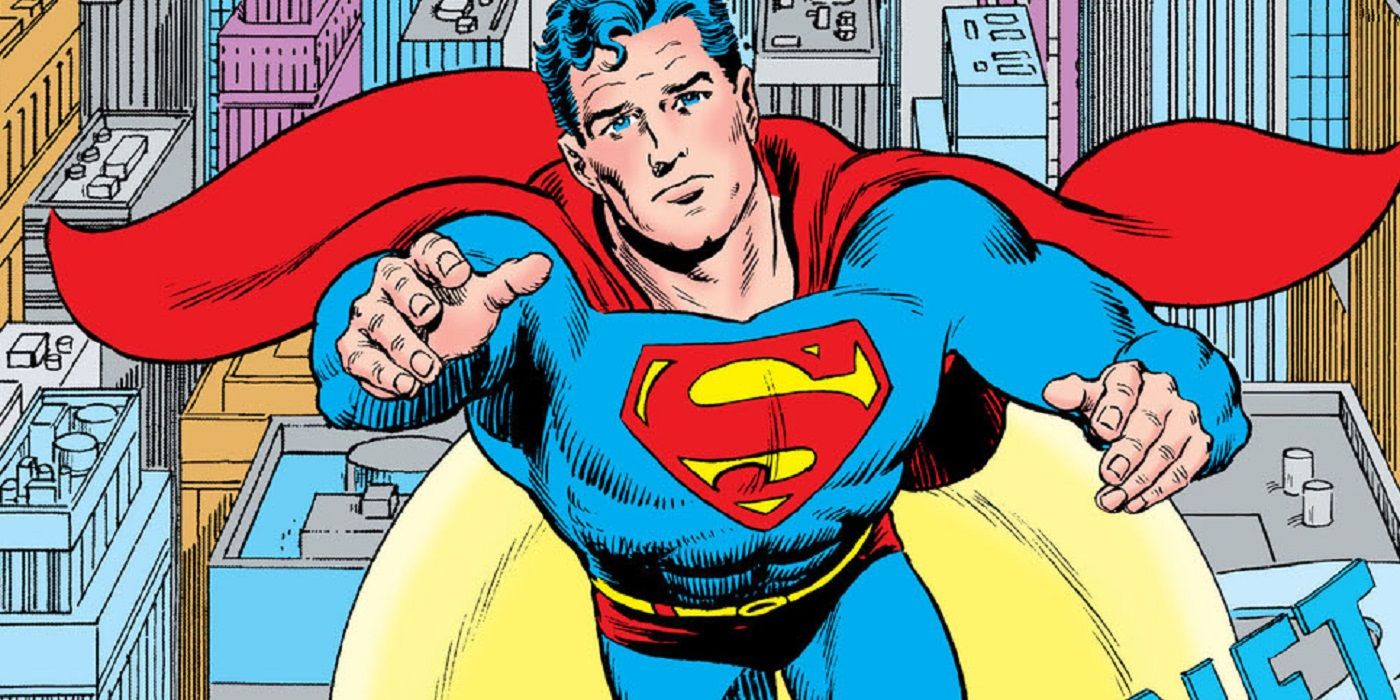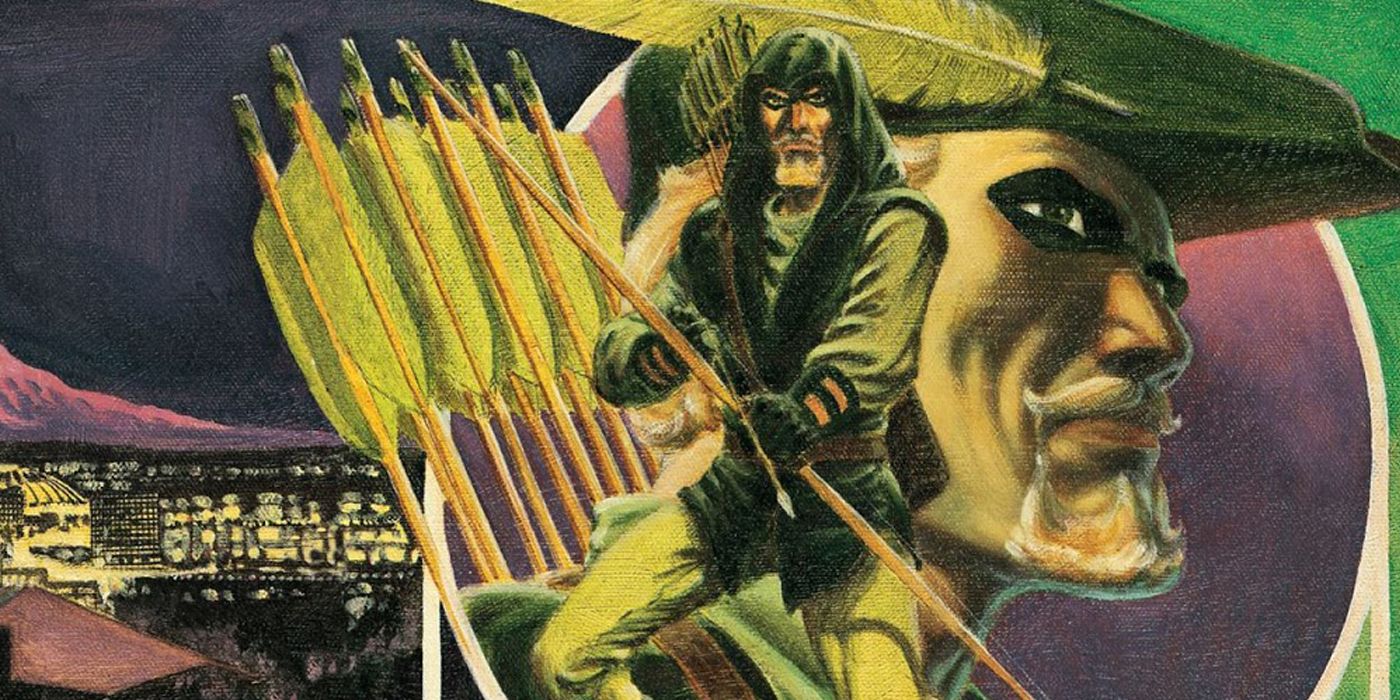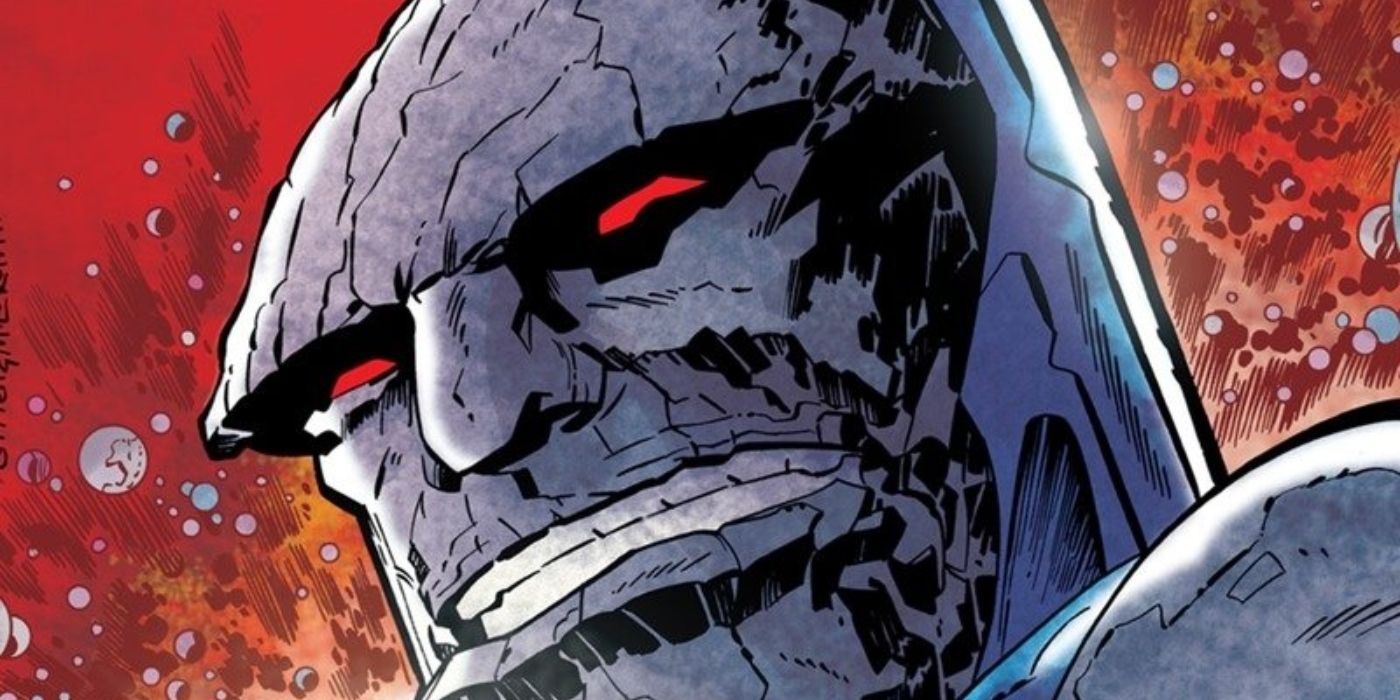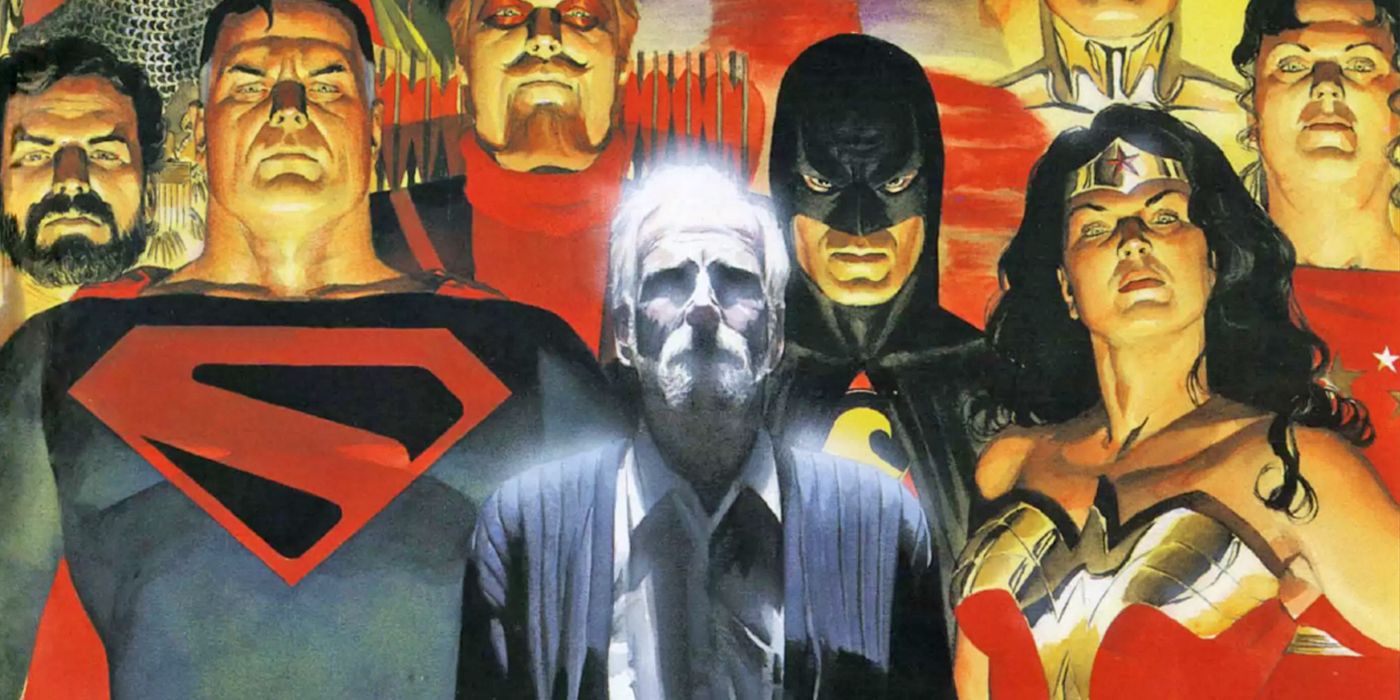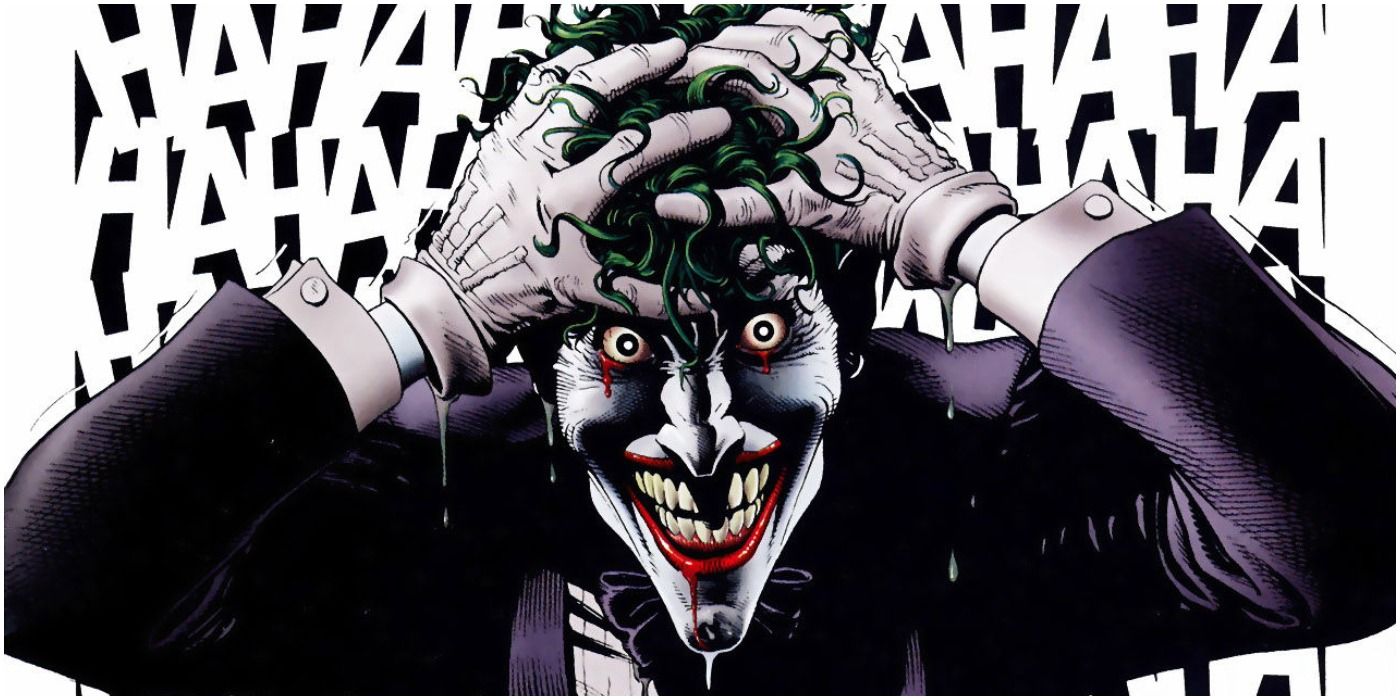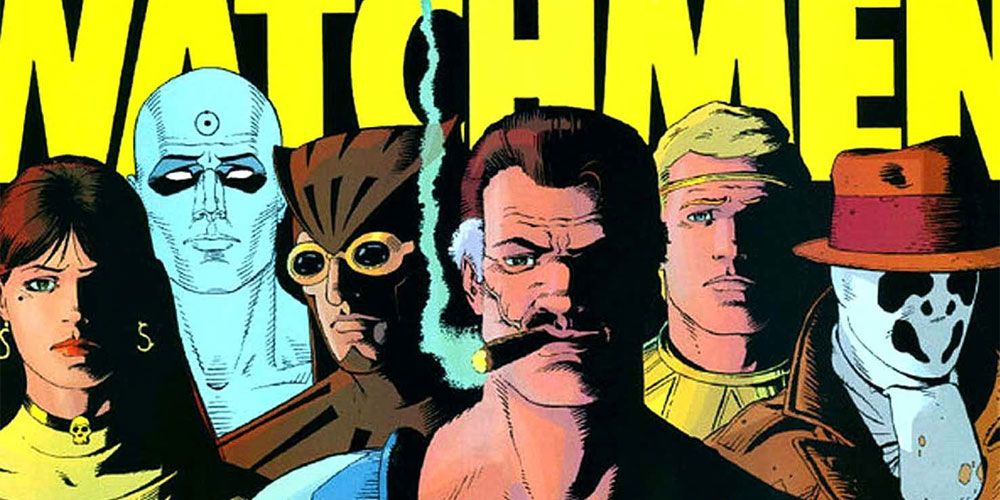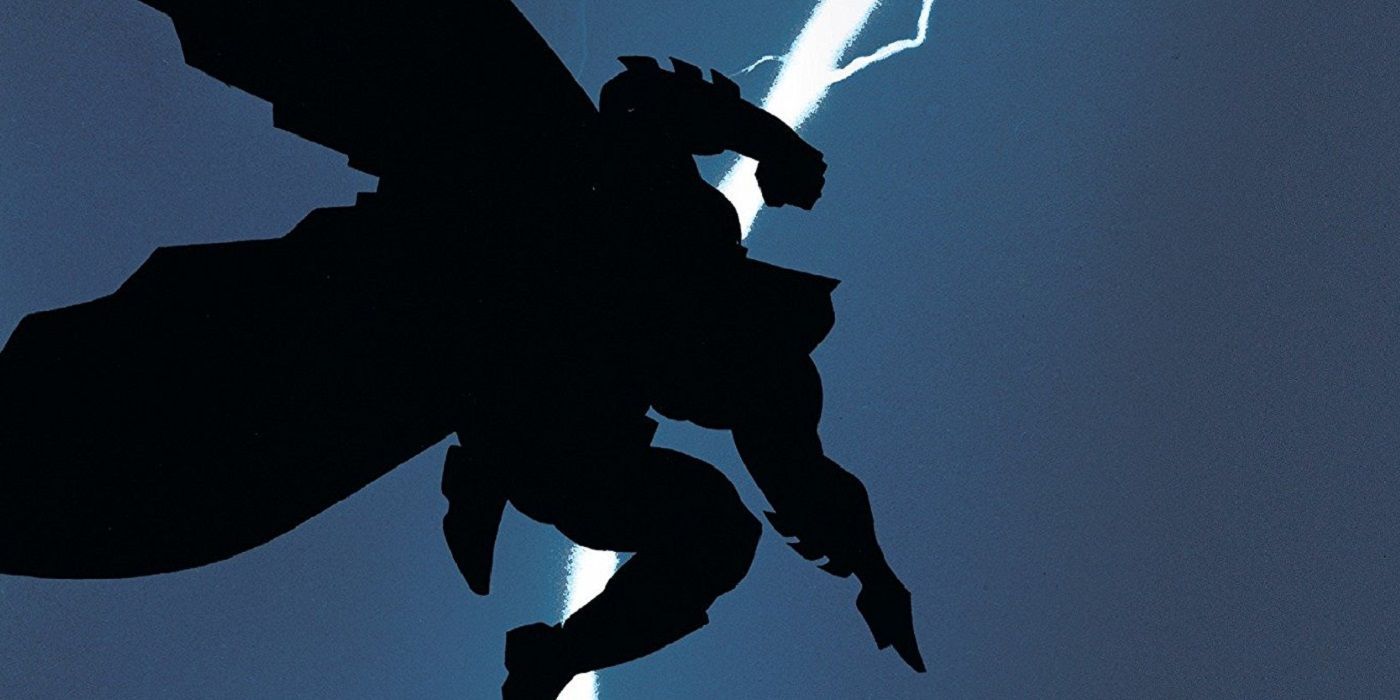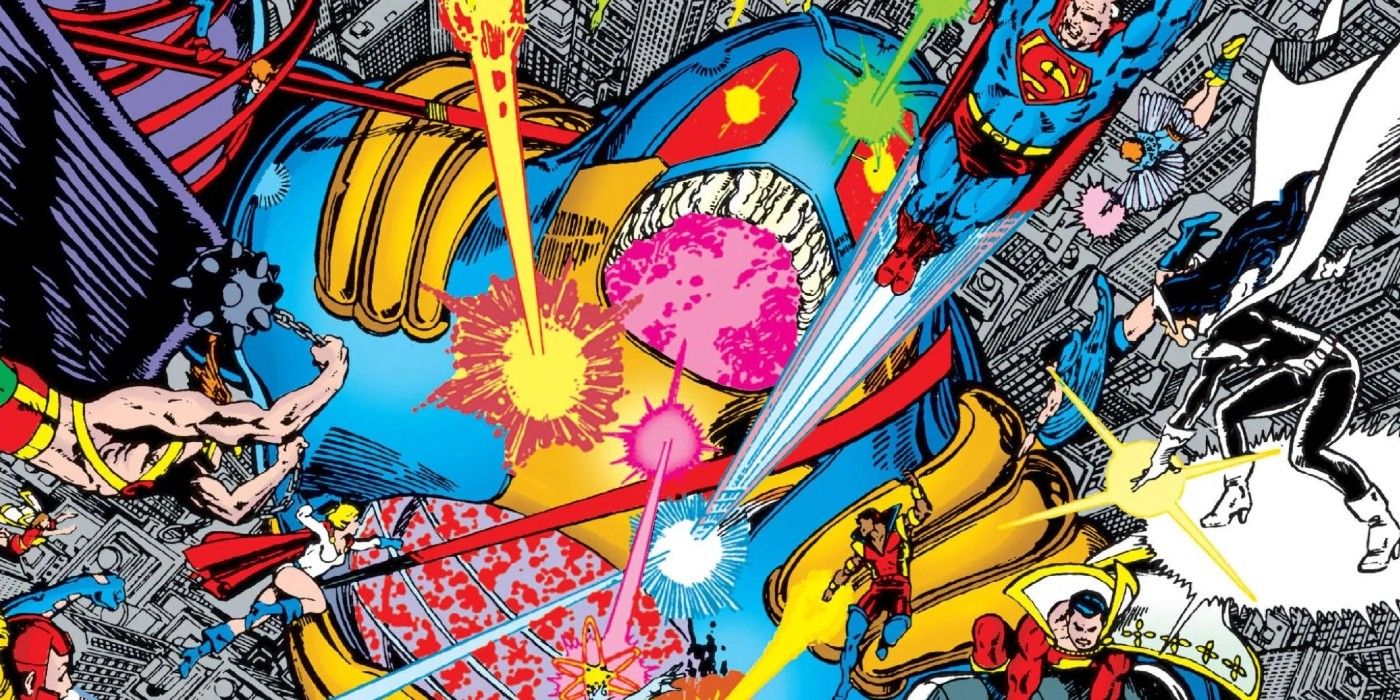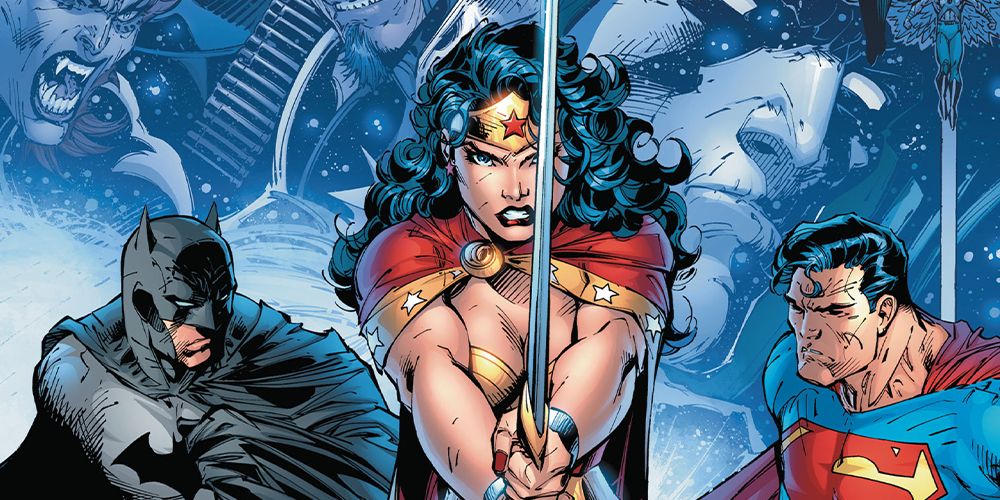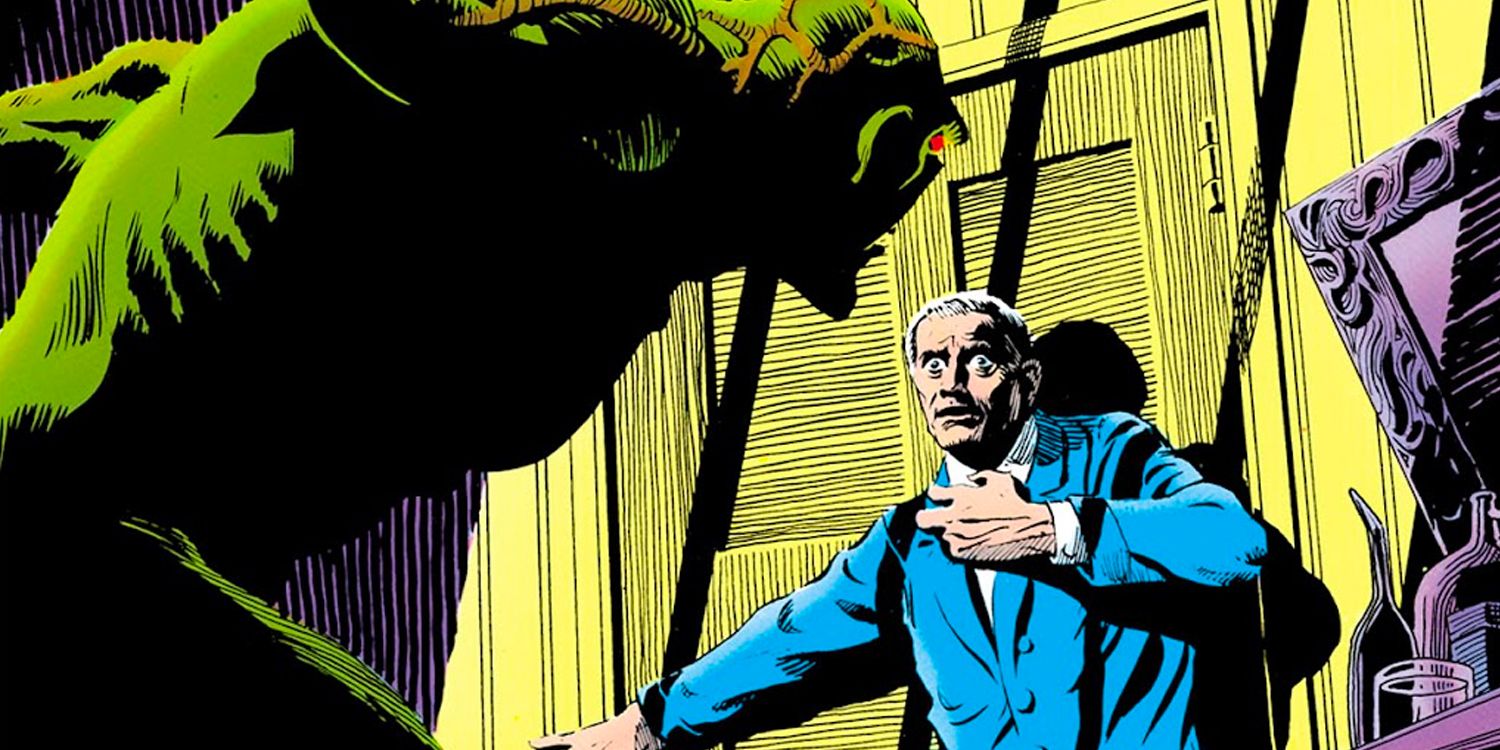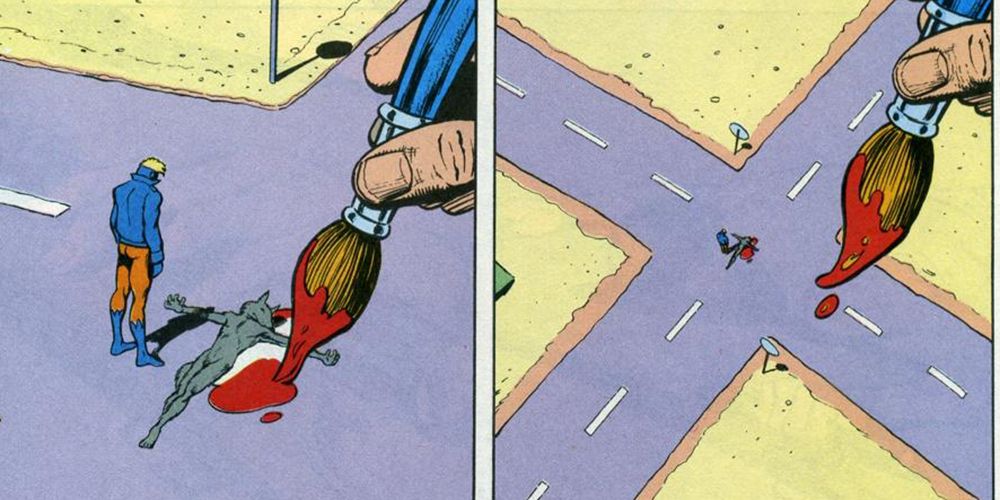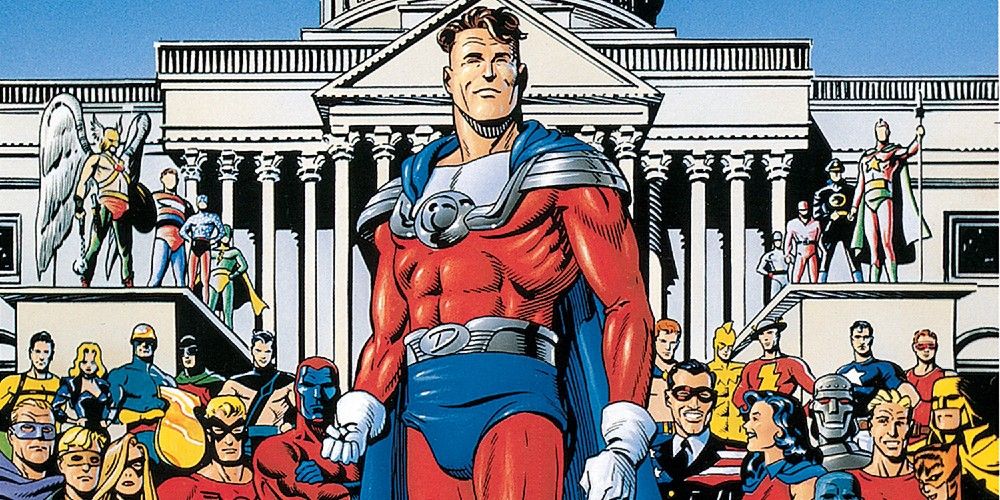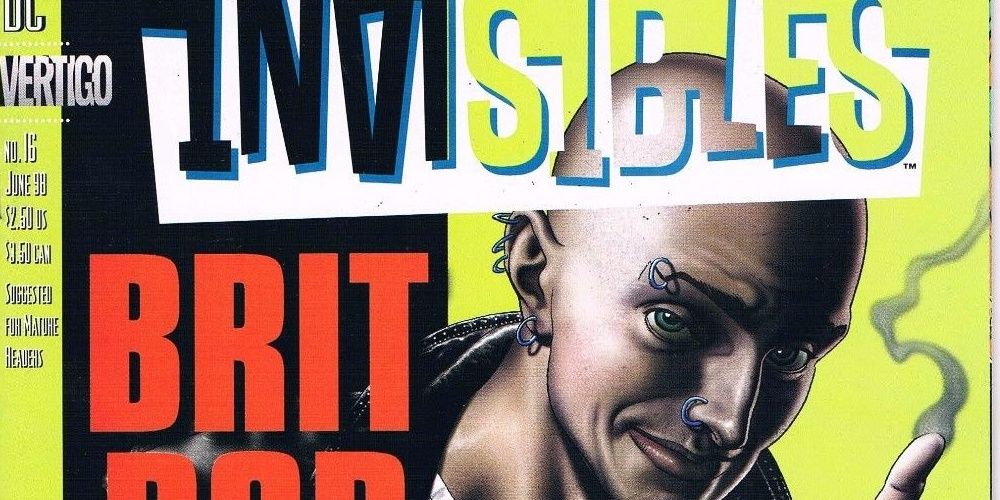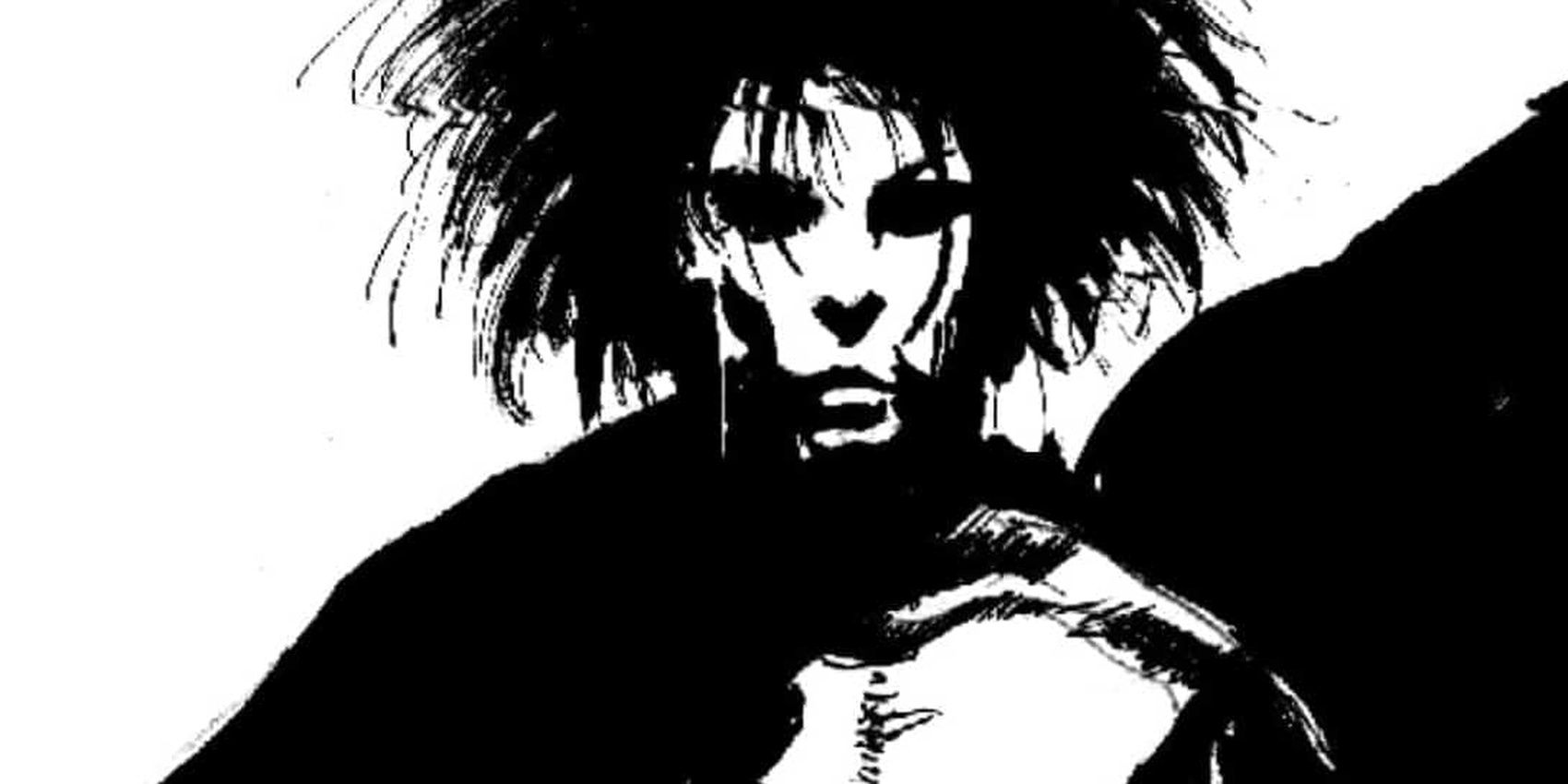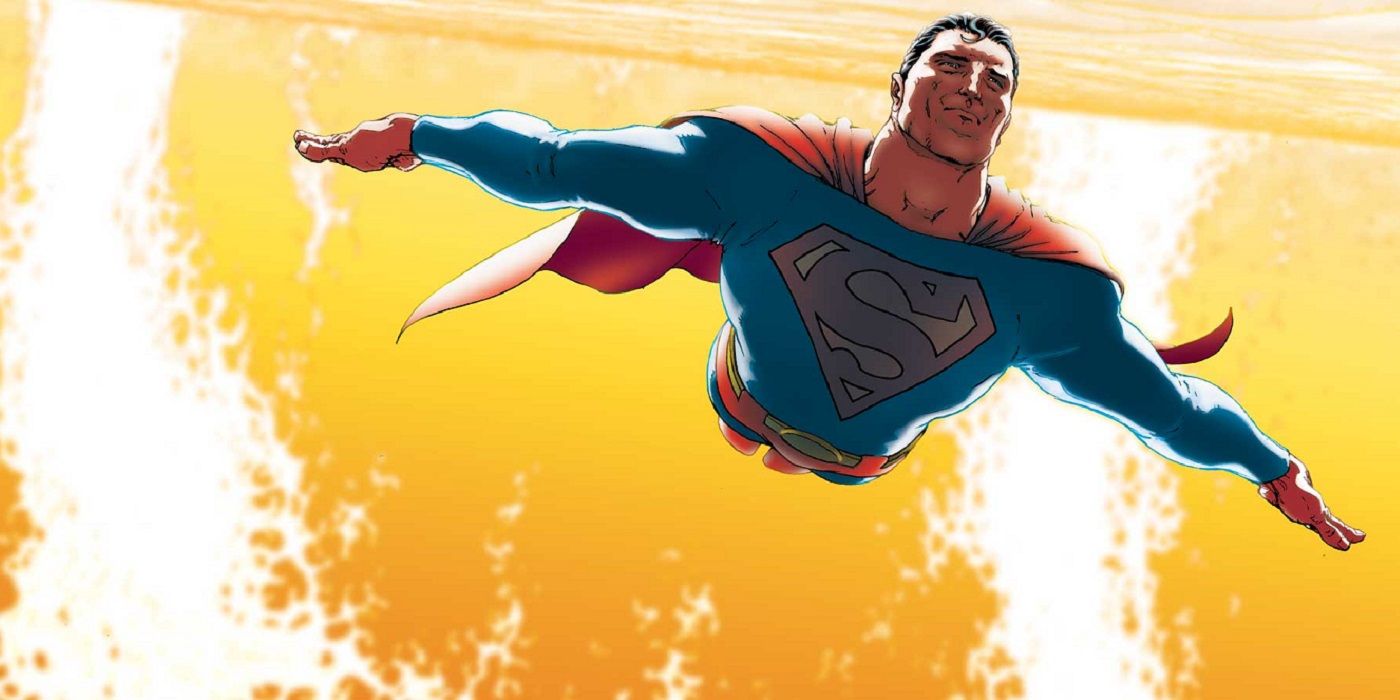Comics have come into their own as an art form, and one of the biggest reasons for that is DC. Pioneering the art of comics for mature readers in the mid-80s, they let some of the greatest creators the medium has ever seen run wild, creating timeless stories set in the DC Universe and beyond.
The timeless epics of DC Comics have served to bring comics to the mainstream, making them more than just stories about superheroes beating on each other. They've transcended their genre and are among the best comics of all time.
Updated on February 28, 2022: While the earliest issues of Detective Comics are largely criticized for problematic stories that used bad stereotypes of the time, the publisher grew after the introduction of characters like Batman and Superman, which kicked off the company's new direction. DC Comics has spent decades telling amazing and unforgettable stories that have changed the industry, so we've gathered some of the best DC comics that highlight how far the company has come since its beginnings in 1937.
15 Superman: Whatever Happened To The Man Of Tomorrow" Is A Beautiful Goodbye
Prior to the reboot of Superman by John Byrne in The Man of Steel, Alan Moore and Julius Scwartz teamed up to tell the final story of the Silver Age Superman in 1986's Superman: Whatever Happened To The Man In Tomorrow.
10 years after the disappearance of the Man of Steel, a reporter investigates his final moments through an interview with Lois Lane that highlights the final battles with his rogues' gallery. The comic is an iconic send-off for DC's most popular character and has gone down in history as one of the greatest, even if it isn't exactly canon.
14 Green Arrow: The Longbow Hunters Is A Violent And Gritty Reboot Of The Character
Mike Grell was brought on to reboot Green Arrow in 1987 with The Longboy Hunters. This was because the character had continued to decrease in popularity over the years. Green Arrow abandoned the trick arrows he'd used for decades and adopted a more street-level style of crime-fighting that defined the character for decades.
The Longboy Hunters reunited Green Arrow and Black Canary as he moved to Seattle. There, his past came back to haunt him. The three-issue series is a gritty and violent reboot of the character that shocked and impressed viewers.
13 The Legion Of Super-Heroes Fought Against Darkseid In The Great Darkness Saga
One of the most well-known storylines from the fan-favorite Legion of Super-Heroes is "The Great Darkness Saga" by Paul Levitz and Kieth Giffen, which featured nearly every member of the team that had appeared over their long history in the DC Universe. A villain known as the Master begins gathering powerful artifacts and draining energy from the Legion's deadliest villains.
He also builds a powerful Daxamite army with his goal to take over the universe. The storyline brought the past and the future of the DC Universe together as the Master was revealed to be Darkseid of the New Gods, resulting in one of the Legion's biggest and most memorable battles.
12 Kingdom Come Explored A War In DC's Future Between The Old And New Generations
Mark Waid and Alex Ross explored a possible future of the DC universe in 1996's Kingdom Come, which followed a disillusioned minister as he was joined by The Spectre to bear witness to a battle between the older generation of heroes and the next generation that threatened the world.
Kingdom Come took place after the heroes of the Justice League had largely retired, while their children spent their days fighting against each other for fun or turf that endangered humanity. The classic heroes are forced to return, though the extreme decisions made by each side further split them apart and threaten to bring an end to the world in one of DC's greatest stories.
11 "Batman: The Killing Joke" Explored The Origins Of The Joker And His Relationship With Batman
Alan Moore and Brian Bolland gave fans the definitive origin of The Joker in 1988's Batman: The Killing Joke, although the graphic novel wasn't considered canon when it was first released. The Killing Joke featured dynamic art and in-depth exploration of the twisted relationship between Batman and Joker.
The graphic novel is also known for its deep dive into the madness of The Joker as he takes his vengeance against Commissioner Gordon by shooting, paralyzing, and abusing his daughter Barbara Gordon in one of DC's darkest moments. The ending of The Killing Joke is also one that's sure to stick with fans, making it one of the best DC graphic novels.
10 Watchmen Changed The Way Everyone Looked At Comics
Putting Watchmen on this list is a no-brainer. Widely considered the greatest comic of all time, writer Alan Moore and artist Dave Gibbons's 1985-1986 classic brought the superhero comic kicking and screaming into the mainstream. Moore pulled out all the stops for this one and Gibbons's detailed and gritty art brought the whole thing to life.
With its in-depth look at the psychology of those who put on costumes, its twist ending, and so much more, Watchmen set the tone for future of comics. It's almost a cliche at this point to call it the greatest of all time.
9 The Dark Knight Returns Redefined Batman For Modern Times
Batman is one of the most popular characters in the comics medium and The Dark Knight Returns, by writer/artist Frank Miller, is among the Caped Crusader's greatest stories. Along with Watchmen and Art Spiegelman's Maus, The Dark Knight Returns is credited with revolutionizing the comics medium. Starring an older Batman coming out of retirement to clean up Gotham City, it brought Batman into modern times.
For years, he was looked at by the public as the campy '60s TV version; however, TDKR changed all that. It was the first of Miller's one-two Batman punch, followed by Batman: Year One, and still one of his best works.
8 Crisis On Infinite Earths Brought Event Storylines To The Next Level
Crisis On Infinite Earths wasn't the first big event book in comics - that distinction goes to Marvel's Contest Of Champions - but it changed the way readers looked at event stories and set the stage for what was to come. Writer Marv Wolfman and artist George Perez's timeless classic is still one of the best event books of them all almost forty years later.
What makes it so important (and unlike any crossover before it) is the massive and lasting change it brought. It changed the DC Universe forever, both streamlining it and opening it up to new fans. On top of that, it killed off two of DC's biggest characters – Supergirl and Barry Allen – and put a bow on the Silver Age concepts that had driven DC for decades. An amazing superhero story, it holds up all these years later.
7 Infinite Crisis Is The Best Event Comic Of The Last Twenty Years
Infinite Crisis, by writer Geoff Johns and artists Phil Jimenez, George Perez, Ivan Reis, and Jerry Ordway, is the sequel to Crisis On Infinite Earths. It's easily the greatest event book of the twenty-first century. Building on the events of its successor, it pits the heroes of the DC Universe against an unforeseen threat that wants to rewrite reality.
Infinite Crisis has it all: great superhero action, a respect for the history of the DC Universe, and a tale about the importance of heroism in dark times. Much like CoIE, it's had lasting repercussions. It's served to show that even in the dark, gritty modern comic industry, a little hope can go a long way.
6 Saga Of The Swamp Thing #21 Changed Horror Comics Forever
Alan Moore's work at DC is among some of the greatest of all time, and his time on Swamp Thing is what really brought him into the public consciousness. That all started with Saga Of The Swamp Thing #21 where he, joined by artist Steve Bissette, changed everything everyone thought they knew about Swamp Thing.
This issue started a revolution and changed horror comics forever. Gone were the hokey monster comics of yesteryear, replaced by something more intelligent and stylish. This one comic laid the groundwork for DC's British Invasion, and their Vertigo imprint is still one of the most well-regarded comics to star Swamp Thing.
5 Animal Man #5 Showed That Morrison's Animal Man Was Something Special
Writer Grant Morrison and artist Chaz Truog's Animal Man #1-4 was a successful re-imagining of the Silver Age superhero, but it was still just a run of the mill superhero book with some flourishes of Moore (like every other DC book by a writer from the UK at the time). However, the fifth issue, "The Coyote Gospel," changed all of that by playing into the larger narrative Morrison would bring to the series.
Featuring Animal Man hunting a mysterious monster in the desert, it's much more than it seems and plays into the meta-fictional narrative that would come to define Morrison's run on the book. A truly groundbreaking comic, it showed just how special a talent Morrison could be.
4 The Golden Age Was A New Take On The Early Years Of The DC Universe
DC is a company that completes a lot of firsts, including having the first superteam: the Justice Society of America. In fact, DC's roster of Golden Age heroes is pretty much unparalleled in all comics, and they took center stage in The Golden Age by writer James Robinson and artist Paul Smith. An Elseworlds tale set after WWII, it saw the heroes trying to get back to normal after the war and the dawn of a new threat.
Robinson and Smith were just about able to fit every Golden Age DC hero into this four-issue masterpiece, and it's a great primer for people who want to learn about some lesser-known (but no less great) DC heroes.
3 The Invisibles Is Grant Morrison's Magnum Opus
DC's Vertigo imprint was a treasure trove of amazing creator-owned stories, and it doesn't get much better than Grant Morrison's The Invisibles. This mind-bending postcard from the '90s is a travelogue through sex, drugs, violence, conspiracies, and everything under the sun.
The story, spread out over three volumes and seven story arcs, tells the tale of the Invisibles – a group of freedom fighters battling against the tyranny of the Outer Church, extra-dimensional aliens who control everything. Morrison and the numerous artists they worked with let their imaginations run wild on this one. It's full of amazing characters, breathtaking action and adventure, straight-up weirdness, and more heart than one expects.
2 The Sandman From Neil Gaiman Exists In A Unique Corner Of The DC Universe
Neil Gaiman's The Sandman was one of the most popular - and best written - books of its time, and it still holds up all these years later. The story of his Darkness Dream of the Endless and his family, The Sandman brought high literature to comics in a way it never had before.
The Sandman is the kind of comic that can be given to someone who isn't a comic fan, and they'll love it. It showed the world just how great a writer Gaiman could be. Few stories before or since have reached the same heights of characterization and plot. And as a result, it remains a classic of the medium that is one of a kind.
1 All-Star Superman Is The Greatest Story Of DC's Greatest Hero
Superman is the first costumed superhero in comics history, and his greatest tale is All-Star Superman by writer Grant Morrison and artist Frank Quitely. It begins, strangely enough, with Lex Luthor's ultimate victory. Foiling one of Luthor's schemes, Superman gets an overdose of solar radiation – one that will supercharge his cells but kill him.
Morrison combines Silver Age concepts with his incomparable imagination and, combined with Quitely's amazing pencils, creates a Superman story for the ages. It hits all the right spots and shows why Superman is one of humanity's greatest fictional characters.

